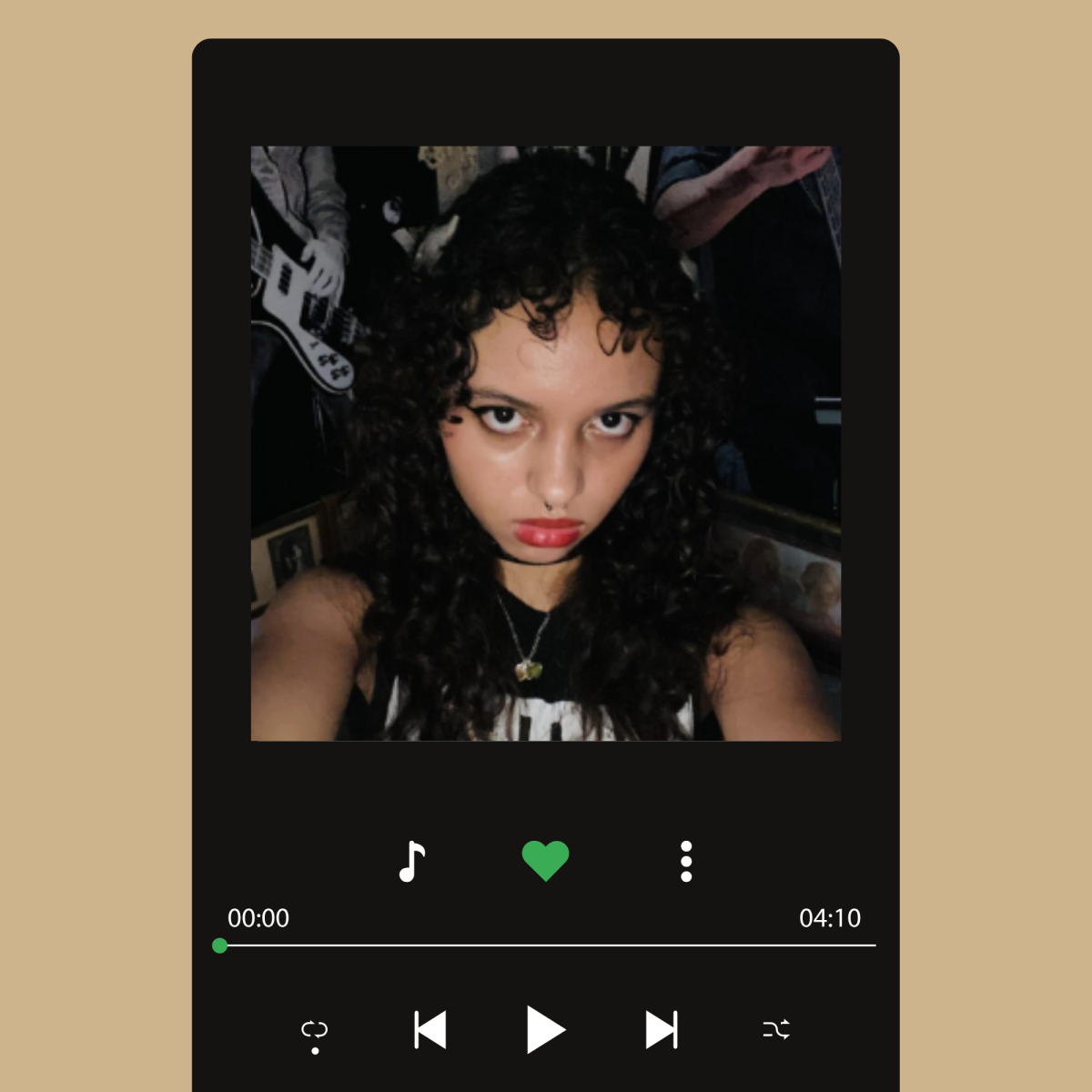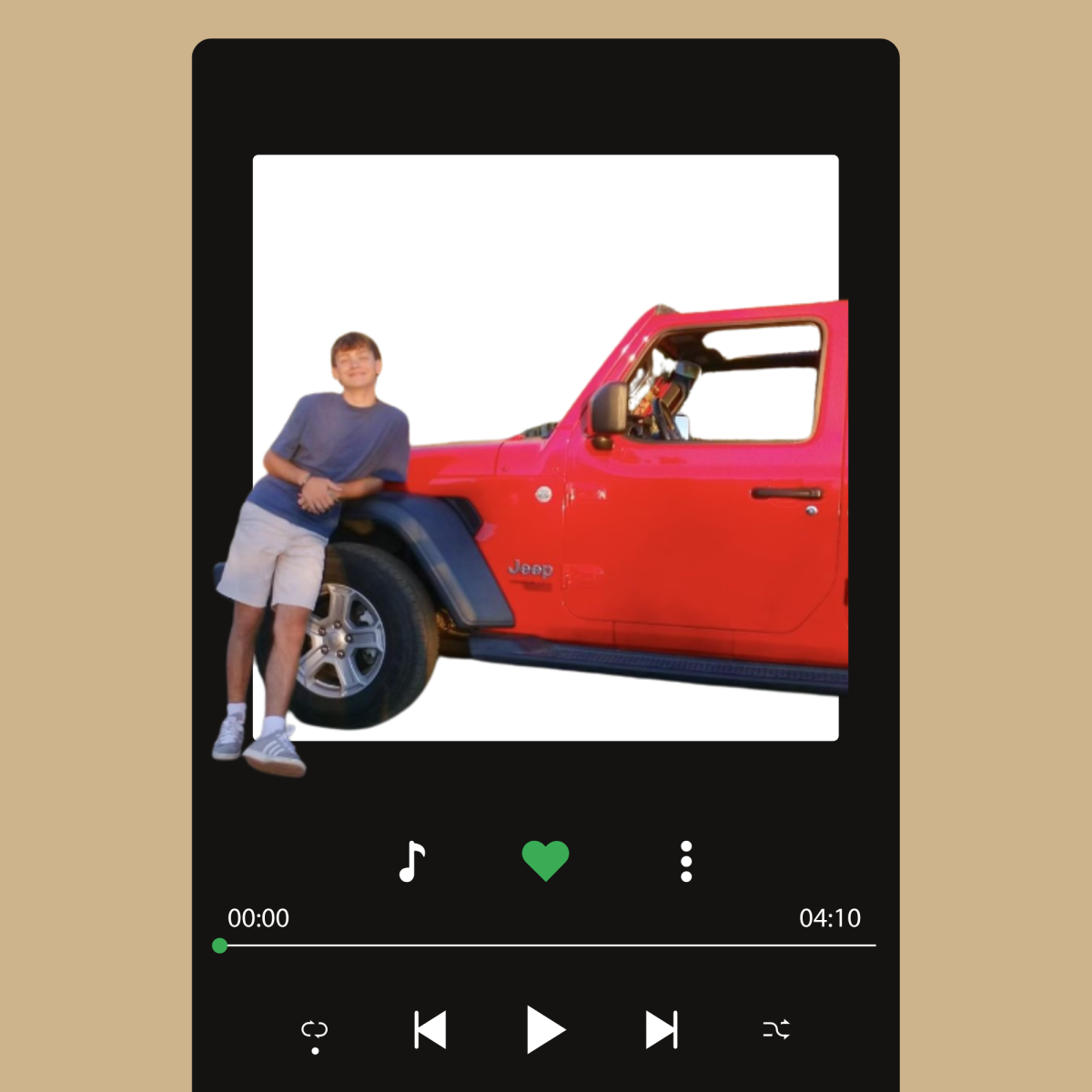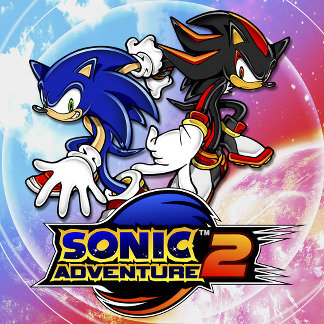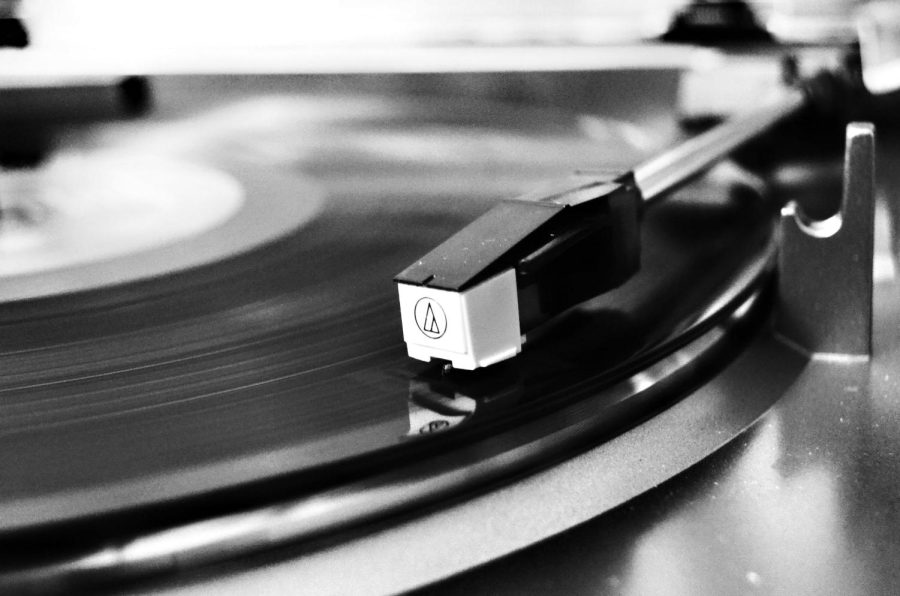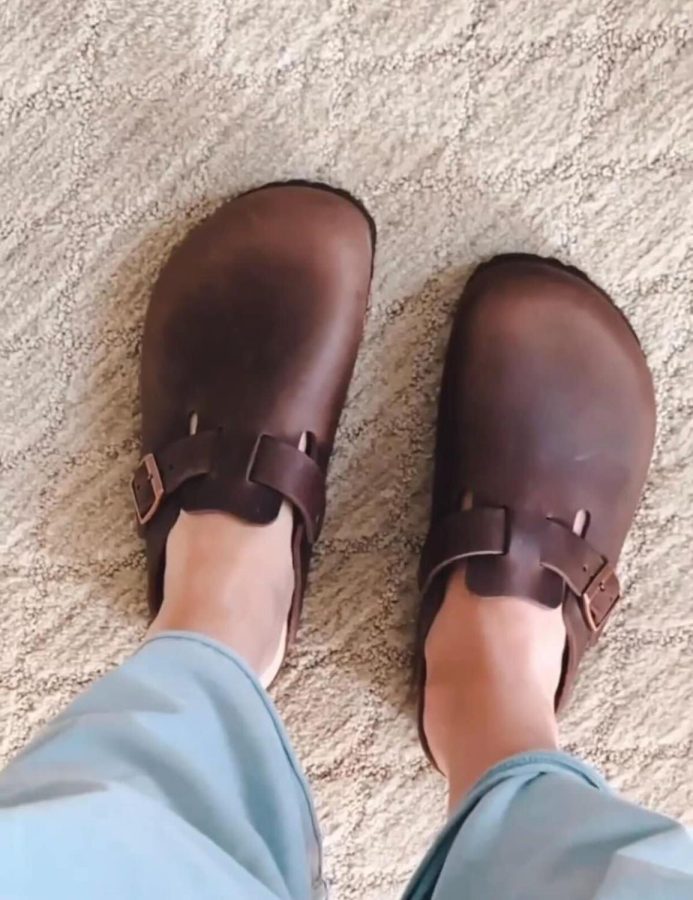Homecoming Week is here at Enochs, which means it’s time to get excited about dress-up days, football games, and, for the first time ever, a dance! And with the theme being a rewind to the pop culture of decades past, isn’t it fitting to explore the evolution of dance attire throughout the years? Homecoming is a long-standing tradition of American high school culture, after all. From the bell-bottomed glam of the 70s to the sparkly, studded chic of the 2000s, each decade has brought something new to the dance floor.
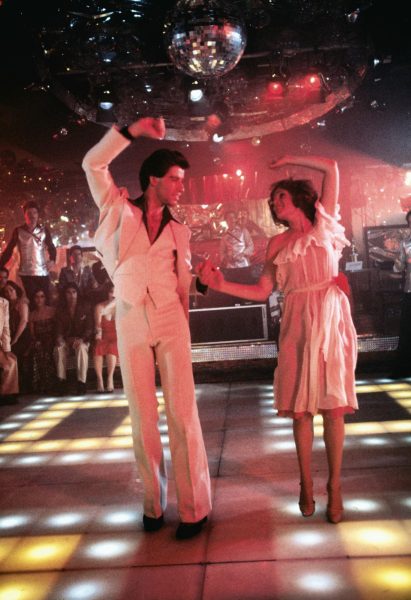
Let’s kick it way back to the 70s. This decade was characterized by an unprecedented movement of self-expression and individuality, which was evident in its eclectic and radical style. Popularized by John Travolta and the Bee Gees was a severe case of disco fever in the late 70s, seen in the v-shaped necklines, wide lapels, and bell bottoms that boys wore. Girls preferred long, flowy dresses with ruffles and eyelet lace. That, or a strappy dress like that of Sissy Spacek’s in the 1976 film Carrie (read: typically worn without the pig’s blood).
The 80s saw a distinct rise in eye-catching neon colors and dazzling metallics. Like how McDonald’s released their Supersize option in the 80s, the love for ruffles from the 70s was Supersized tenfold. The term, “too many ruffles,” had not yet been invented, and it was evident in the way teens dressed up. Girls decked themselves out in over-the-top gowns with huge bows and intricate ruffles. Boys wore bow ties, a nod to the contemporary Hollywood glamour, and big, curly mullets. In fact, poofy hair was a hallmark of the 80s, restricted not only to boys, but to anyone who could get their mittens on a comb and a bottle of hairspray.
The 90s brought about a grunge, alternative contrast to the extravagant glitz of the 80s. Boys favored more casual-wear, like jeans and a blazer, flat-front trousers, or a casual tux. In the mid 90s, minimalistic influence popularized sleek and satiny slip dresses, like Julia Stiles’ look in 10 Things I Hate About You, a paradigm of formal attire at the time. Sweetheart necklines and off-the-shoulder mini-dresses were also in vogue, made fashionable by Shannen Doherty in Beverly Hills, 90210.
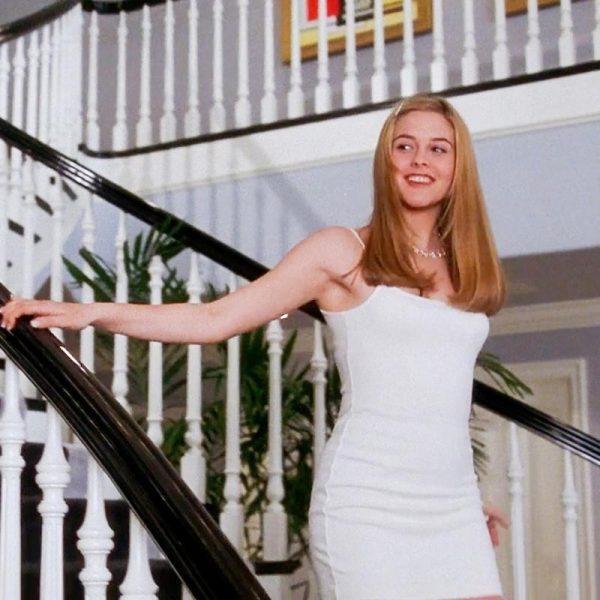
The new millennium introduced a new level of glamour. The 2000s reflected the sudden influx of digital influence; it was bold and shiny, finding its inspiration from pop icons like Paris Hilton. Girls wore sparkly, embellished dresses in bright colors. Forgoing the spaghetti strapped slips of the 90s, the 2000s found a passion for strapless dresses and cowl necklines. Boys favored vests, scarves, and of course, spiky hair and frosted tips (think Justin Timberlake).
Fashion is not only the clothes we wear, but a reflection of the cultural and social climate. As we look back on revolving trends, the changes between each decade are distinct. Whether it was a 70s disco groove or 2000s MySpace type of vibe, Homecoming, throughout the years, has been an outlet for self-expression and celebration.



